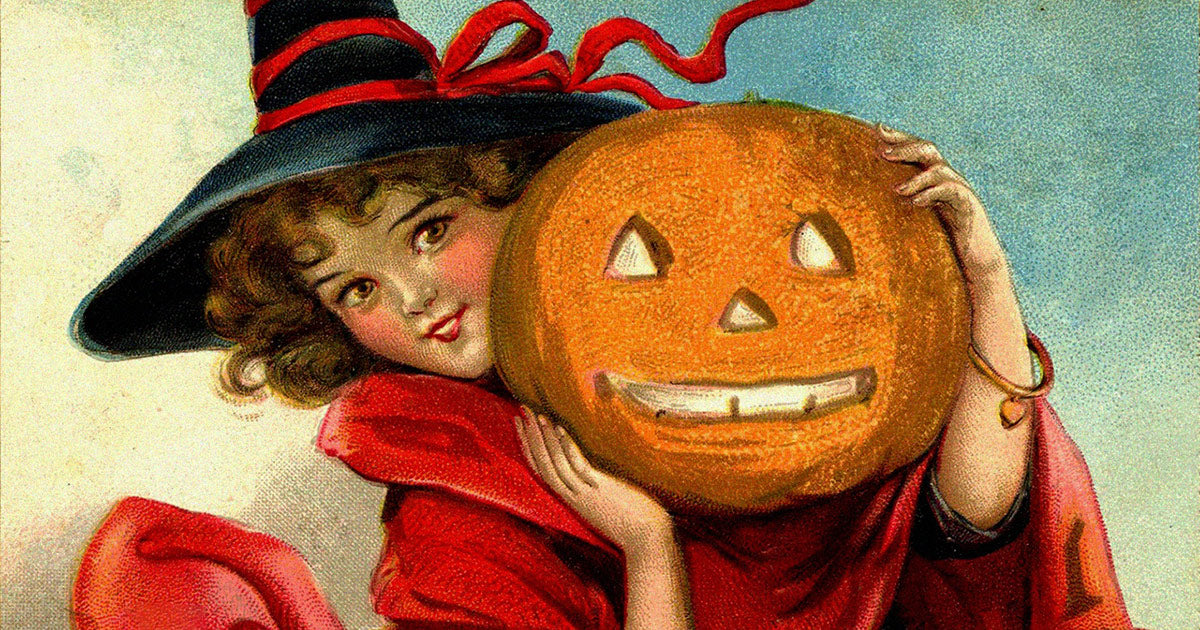
Halloween is more than just a holiday, it's a way of life! Some of us love spooky season so much that we try to stretch it out across the entire month of October and beyond — after all, it is socially acceptable to watch The Nightmare Before Christmas any time from October 1st clear through December 25th.
Halloween fascinates me because it seems like it gets bigger every year. When I was a kid, the costumes were less elaborate and so were the decorations, and as far as I can remember, most people didn't buy nearly as many Halloween costumes for their pets.
Today, Halloween seems to have a much larger place in the cultural conversation, to the point where celebrity costumes make headlines and decorations like the 12-foot skeleton go viral and sell out in minutes. The Halloween aesthetic in fashion goes way beyond goth, encompassing earthy witch trends, Dark Academia and a spookier version of Cottagecore known as Cottagegore.
I have also noticed that during the time I have worked at Cute But Crazy Socks, we have typically sold more Halloween socks in a wider selection every year than we did the year before.
So let's look at some of the holiday's origins and see how it has changed over the years to figure out why we can't get enough of all of that sweet, spooky stuff!

What Is the History of Halloween?
The name for the modern holiday comes from a contraction of the Christian holiday All Hallow's Eve, which went from All Hallow's Even(ing) to Allhallowe'en to just Halloween. The evening was originally just the lead-up to two bigger holidays: All Hallow's Day (AKA All Saint's Day) on November 1st and All Soul's Day, also known as the Day of the Dead, on November 2nd. Many believed that during this time of year the leaves fell off trees, the crops died back and the boundary between the worlds of the living and the dead became thinner and easier for spirits to cross, making it the perfect time to honor and remember them.
While the celebration of these religious holidays began around the 9th century, lots of Halloween traditions are said to go back much farther to the Celtic harvest festival of Samhain. Some of these traditions include carving vegetables into creepy faces, telling stories and reading fortunes, lighting bonfires, going door-to-door in costumes, and generally just partying the night away. These traditions are so fun that people have kept on doing them for more than a thousand years!

Changing Halloween Traditions
Halloween in America wasn't widely celebrated until 19th-century Irish and Scottish immigrants popularized it — before that, Puritan colonists in New England even banned the holiday along with Christmas and Easter, deeming them too pagan.
Halloween began to catch on more when the Victorians made sending Halloween cards commonplace. Back then you were just as likely to receive a Halloween card as a Christmas card!

Halloween parties also became trendy social events in the early 1900s. Queen Victoria herself loved a good Halloween bonfire and would even toss in effigies of witches and demons. Costumes were elaborate but modest, with fancy dresses and hats accentuated with bat wings and even stuffed crows. Another popular activity was fortune-telling, usually with people trying to predict who they would marry.
When Did the Tradition of Trick-or-Treating Start?
In the Middle Ages, the height of entertainment was dressing up in costumes and going door-to-door to wealthy people's houses, singing songs and asking for food and drinks. It was called wassailing at Christmas, but on Halloween it was all about tricks and treats.
Historically children or sometimes adults would visit neighbor's houses in costumes on October 31, singing and asking for the treat of a soul-cake, a sweet spiced cake or cookie made especially for the holiday. This practice was called “souling” or sometimes “guising.” Often the soulers would carry hollowed-out turnips with candles inside as lanterns, some with spooky faces carved on them — a custom that was the precursor to modern jack-o-lanterns.
Trick-or-treating was typically discouraged because of the chaos it could cause, but began to get more popular in North America in the 1940s and eventually grew into a childhood tradition, especially after being depicted in a Peanuts comic strip in 1951. It took adults a while to catch on and accept the yearly candy extortion, but since then the practice has only grown.
Here at Cute But Crazy Socks, we are one of the stops on the annual downtown Bellingham Trick-Or-Treat, a fun family event that brings hundreds of cutely costumed kids past our front door. We love spotting creative costumes, and it is more common than ever to see adults dressed up alongside their kids, getting into the Halloween spirit. We like to dress up, too — always wearing fun Halloween socks with our costumes, of course!
Is Halloween Becoming More Popular?
Halloween is more popular than ever right now, especially with adults. We strive for the perfect costume, pose in chunky sweaters at pumpkin patches and corn mazes and sip spiced lattes — and share it all on social media.
As a millennial, I think my generation has to take at least some of the credit/blame for the current status of Halloween. We are the generation that refused to fully grow up, and that means our childhood tastes still have a hold on our imaginations.
This quote from professional wrestler and columnist Natalya Neidhart puts it well: “I love that in celebrating Halloween, we can get lost in the magic of make-believe and fantasy no matter what age we are!”
The joy and fantasy of Halloween leads many of our customers to stock up on fun Halloween socks in the fall, and with many of our designs like Nevermore Men's Socks with ravens and skulls or Goth Witch Knee Socks for women pictured above being easy to wear year-round, you don't even have to pack them away in your sock drawer until next October.
Live the Halloween lifestyle and wear your Halloween socks proudly, because we have a feeling Halloween is only going to get bigger next year. Shop our entire collection of Halloween socks and have a truly spooktacular season!
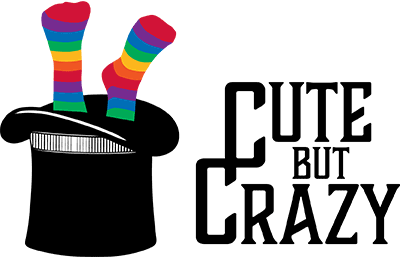
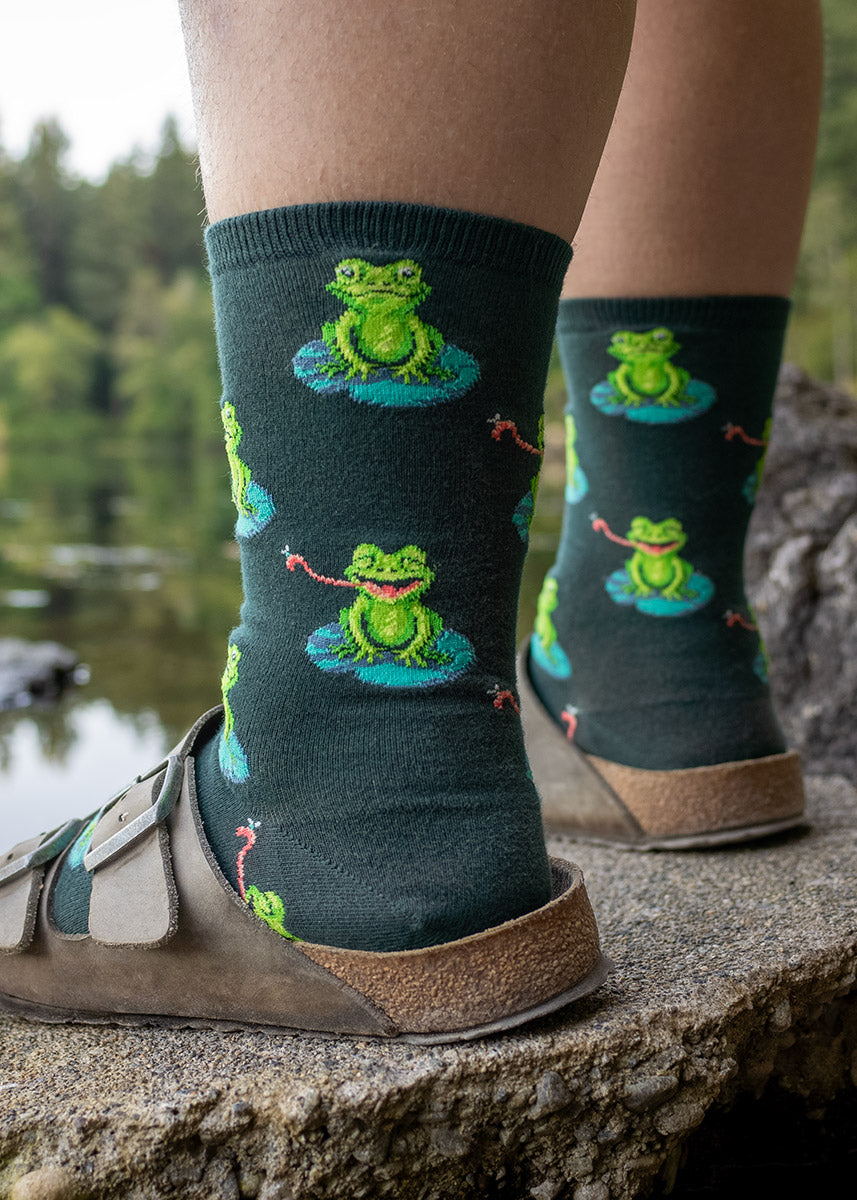
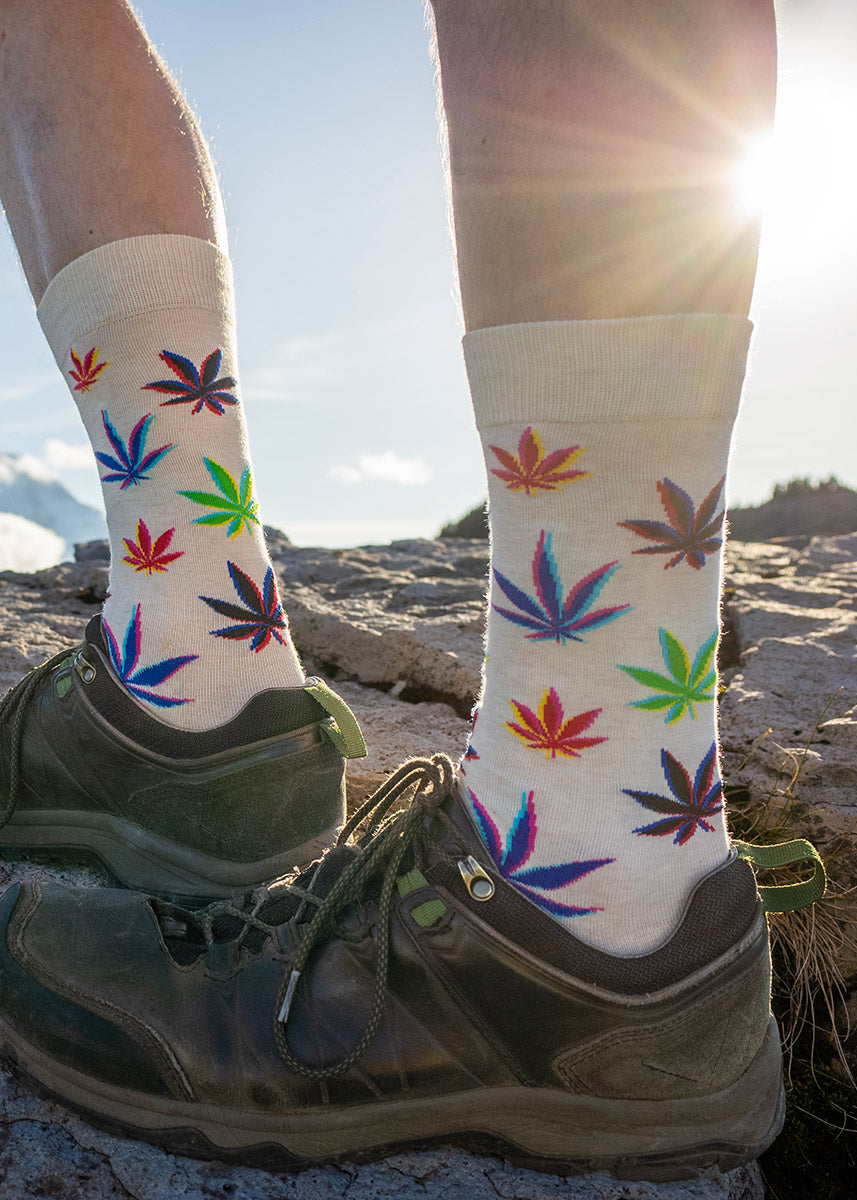







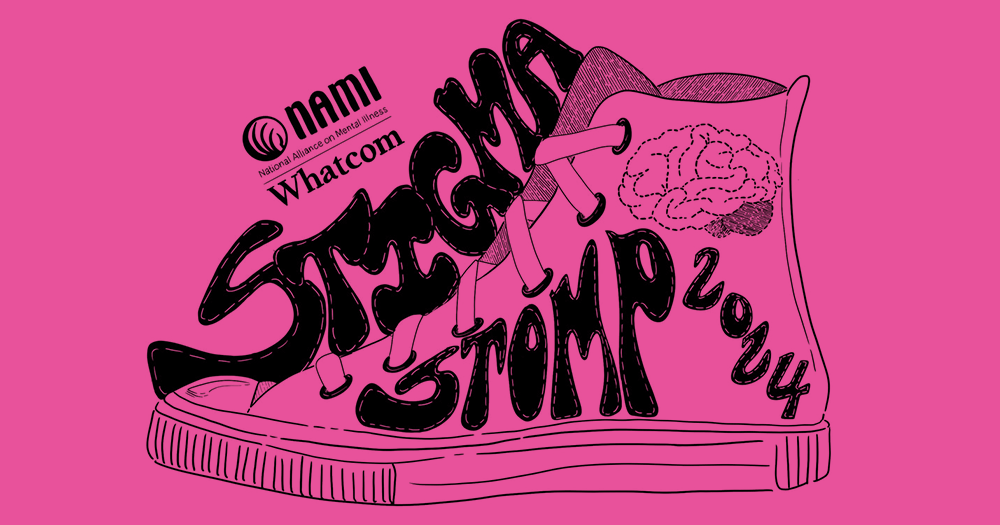
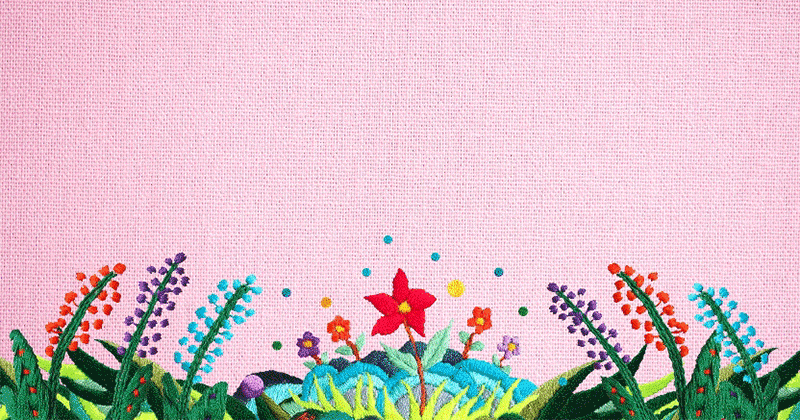
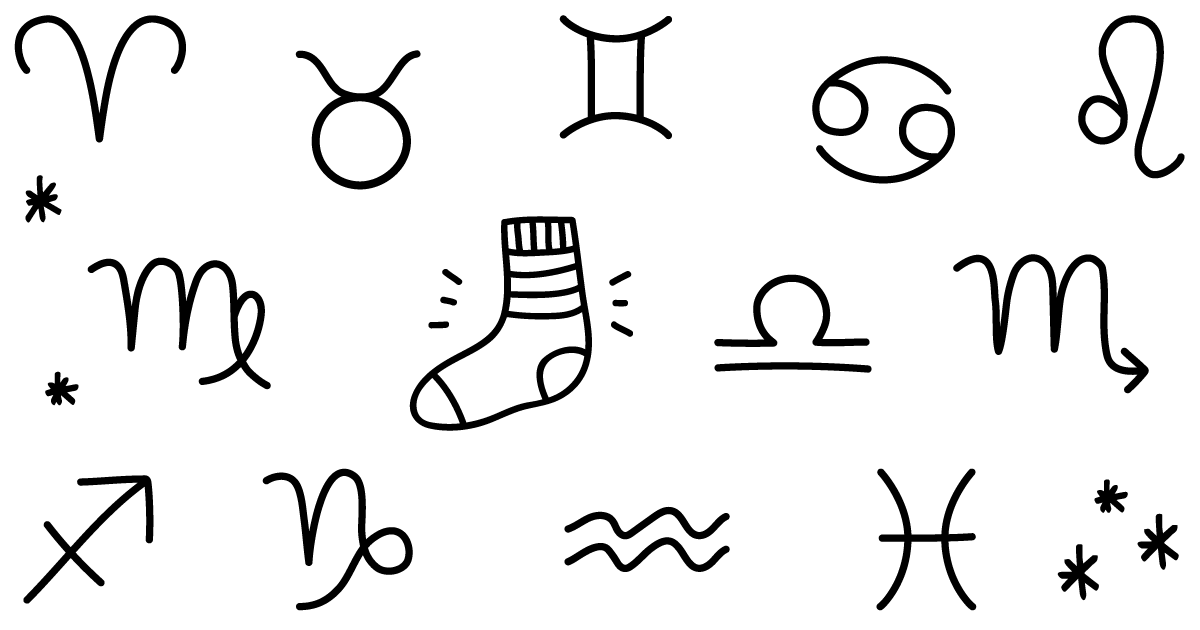
Leave a comment (all fields required)